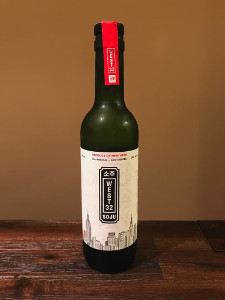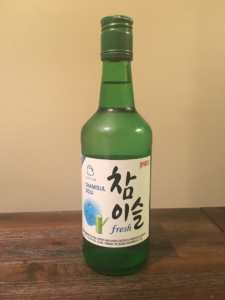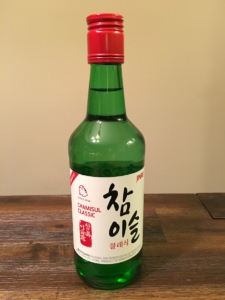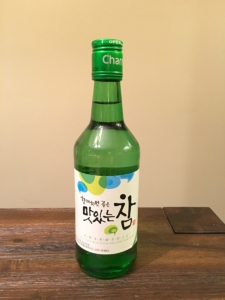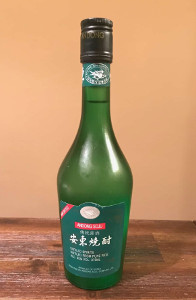Editor's Pick:
To be honest, none of the Korean instant rice brands soared above the rest, but there had to be a winner and CJ’s white rice took the top spot. With its great value (roughly $1.75 – $2.00 a package depending on where you find it) and overall quality if you’re set on picking the best CJ is for you. One issue across the board is that the rice tends to come out a little dry for our tastes, but CJ came out relatively.. moist (sorry). It also has the least ‘processed’ taste. The rice sticks together nicely for the most part, but don’t expect the same fluffy perfection as you would from a stovetop or rice cooker.
Just make sure not to overcook it! I would personally test it out 10-15 seconds under the actual cook time (1:30 minutes), but anything over will dry out your rice even more. For the price and convenience CJ’s white rice is your best bet for all your emergency rice needs.
Runner Up:
It was an extremely close call between Ottogi’s cooked white rice and CJ’s, but Ottogi’s slightly stronger processed taste knocked it down a touch. Visually, Ottogi had the cleanest, whitest looking rice, and I found it to be a little more moist than CJ’s, but it’s accompanied by a slightly stronger processed tasting. Nevertheless, you definitely can’t go wrong with Ottogi’s korean instant rice, especially if you want to buy in bulk (packs of 12 or more).
Just because we love you all, my favorite midnight snack or pick me up is one of these mixed with a little bit of soy sauce, sesame oil, and topped with a fried egg (maybe spam whenever I’m treating myself!).
Other Korean instant rice tested
I had to cheat and and throw a non Korean microwave instant rice brand in the mix, but I had to include Nishiki as it’s one of the most well-known brands of rice out there. There’s definitely nothing wrong with Nishiki’s instant rice, but it came out a bit mushier (and yet dryer somehow) in comparison. It didn’t “fluff” up and it sort of felt like I was eating a large piece of congealed rice as opposed to a million individual grains of greatness. Most importantly, it was the most expensive at $2.49 per pack! You’ll still be fine if this is the only one available, but I’d rather spend a little bit less if I could.
Why Korean instant rice?
Kimchi may be the Holy Mother of Korean food, but rice is the glue that holds everything together. I couldn’t remember a day growing up when the rice cooker wasn’t on, the kitchen filled with the hint of its sweet aroma and warmth that makes home… home. There really isn’t that much to rice, what brings you to the table isn’t its complex flavors or unique texture. Yet it’s quintessentially Korean. It’s the foundation to the identity of a Korean meal and consequently what makes us… us.
Korean rice is light in flavor, relatively stickier (but not clumpy!), and takes a few tries to perfect it to one’s tastes. However, when perfected (or even when you make a bad batch), it’s a requisite complement to Korean food as Korean cuisine (like a lot of Chinese and Japanese dishes) tend to have stronger spicy or salty notes that requires rice to mellow out. Honestly, there’s nothing better than mixing some rice with any combination of soy sauce, kimchi, sesame oil, spam, egg, or both… a simple meal that is easily one of the most satisfying to our bellies as well as our hearts.

The only downside of perfectly cooked rice is that it takes soooo long to make! Okay maybe an hour isn’t too long, but if you’re impatient and not prepared like me, that could be a problem. In comes instant rice. All you need is a microwave to create something that comes as close to greatness as you can in a couple of minutes. It may not be perfect and your parents might look at you in contempt, but in an era where instant gratification is preferred, microwavable instant rice fits right in.
What makes Korean instant rice good?
Microwavable instant rice won’t ever be able to replace a fresh pot of rice cooked in a rice cooker. However, it still should have the same components of any good Korean rice. We’ll be evaluating each package the same as we would freshly cooked rice, we’ll just temper our expectations a little bit. The point is to find the best microwaveable instant rice, not the best rice in the world.
Fluffiness – All rice (outside of maybe Southeast Asian sticky rice) when it comes out of the pot, rice cooker, microwave should be “fluffable”. As in if you pick at it a little with the tines of your fork or tips of your chopsticks you should be able to be able to separate the individual grains out. If the grains break apart or mush up then you’ve got an overcooked mess on your hands.
Moistness – Some cultures or dishes call for pretty dry rice, and it’s not necessarily a negative. I love the more dry Chinese rice that you get at Chinese American restaurants, but that type of dryness isn’t to be expected with Korean rice. You don’t want a porridge but there should definitely be some level of moisture that pushes Korean rice further on the “sticky” side than you might expect from a Chinese or Japanese establishment.
Taste – I love the floral nature of basmati and jasmine rice, but when it comes to Korean food what you’re looking for is ‘clean’. I know that might be difficult to define as a taste, but what should come to mind when you put some rice in your mouth is cleanliness and purity. Rice is more of an elevator or palate cleanser in Korean cuisine, and if your rice has unexpected flavor notes it might detract from the rest of the meal itself.
Texture – Some of this might fall under fluffiness and moistness as well, but the most important factor in texture is that there is a tiny bit of ‘bite’. The grains of rice should give way as you chew but we don’t want cotton candy or porridge here. We’re looking for pillowy clouds of heaven encapsulated within each grain.
Why trust us?
My wife and I did a blind taste test of each, following the package directions. After much deliberation (and bickering), we agreed to a score and the final results in accordance with the rubric below. After our test, we gladly ate up the remaining rice! Kudos to my dog Ponyo for helping prepare.
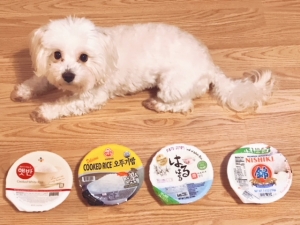
How we chose what to test?
Survey results
| Component | CJ's Hetbahn | Koholic Haru Haru Instant Rice | Nishiki Premium Grade Instant Rice | Ottogi Instant White Rice |
|---|---|---|---|---|
| Fluffiness (Flat Earther - Puppy) (1-10) | 4 | 4 | 3 | 4 |
| Moistness (Sahara Desert - Rainforest) (1-10) | 4 | 4 | 4 | 5 |
| Taste (Processed - Nature Made) (1-10) | 5 | 4 | 3 | 4 |
| Texture (Nuts - Rice Cake) (1-10) | 6 | 5 | 8 | 5 |
What to look forward to
So much endless possibilities with this test! In addition to testing out more microwaveable instant rice brands, we eventually look forward to pairing instant rice with jjigaes (stews), bibimbap, etc. to give you the best instant rice to have with other Korean dishes. Let us know your thoughts and suggestions in the comments!
Wrapping it up
We weren’t completely surprised that there wasn’t a huge variety among the different microwaveable instant rice brands but it’s reassuring to know that the quality is relatively decent. For an emergency (or to be honest convenient) save to your meal Korean microwaveable instant rice is a great go to that should be a staple in every pantry. I’m actually a little curious to see what would happen if we served a bunch of these unbeknownst to our families…

![Korean BBQ Essentials: Best Microwaveable Rice [2020]](https://goghism.com/wp-content/uploads/2018/06/Best-Korean-Microwaveable-Instant-Rice-Feature-Pic.png)
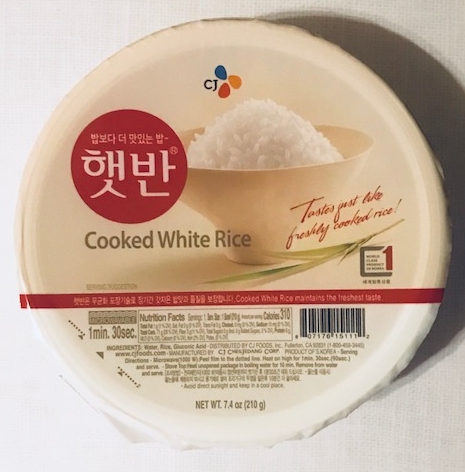
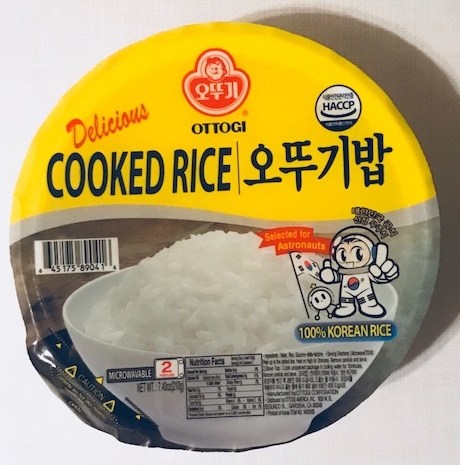
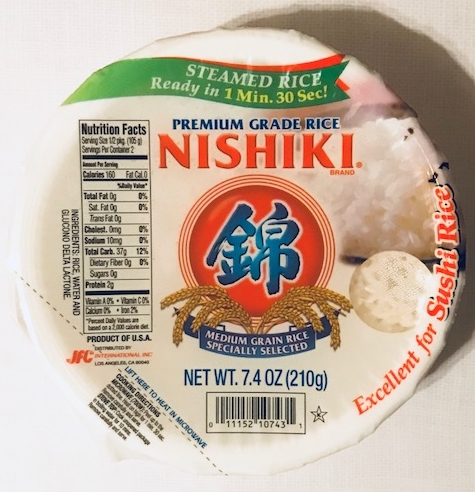
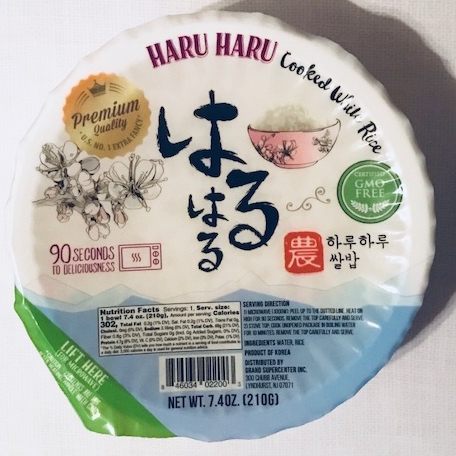
![Best Flavored Soju [2020] – Korean BBQ Essentials](https://goghism.com/wp-content/uploads/2017/11/soju-featimg.png)

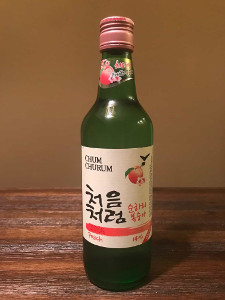
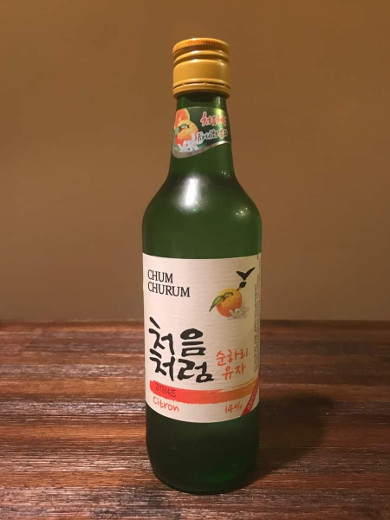
![Best Korean Udon [2020] – Korean Instant Noodles](https://goghism.com/wp-content/uploads/2017/09/udon.png)
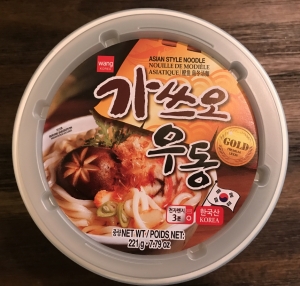
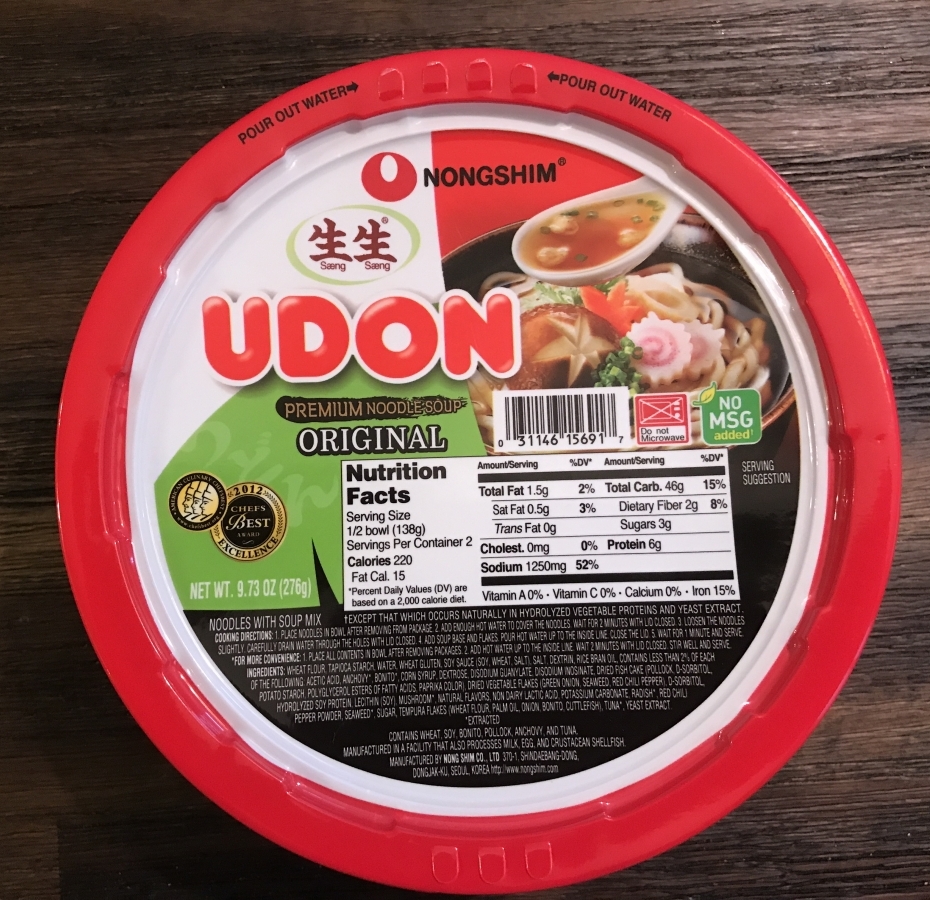
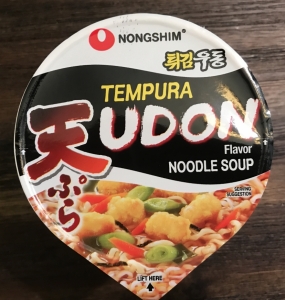
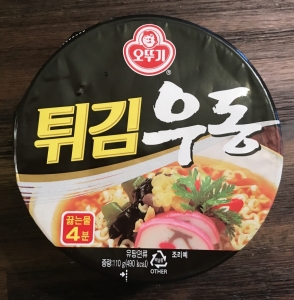
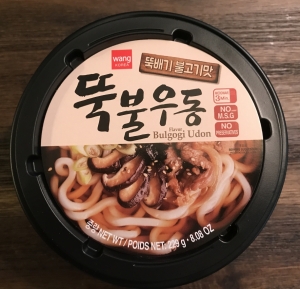
![Best Spicy Chicken Ramen [2020] – Korean Instant Noodles](https://goghism.com/wp-content/uploads/2017/08/spicychickenramen.png)
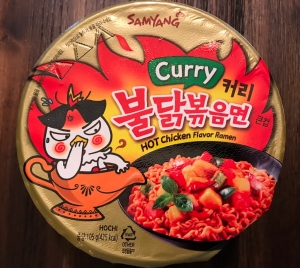
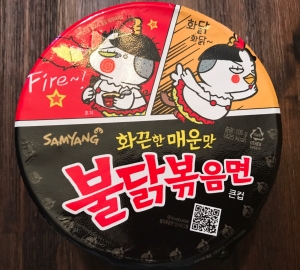
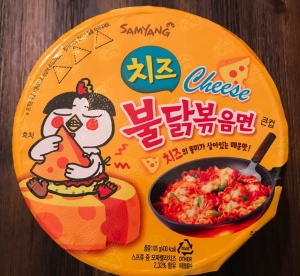
![Best Spicy Korean Ramen [2020] – Korean Instant Noodles](https://goghism.com/wp-content/uploads/2017/07/spicyramen-1.png)
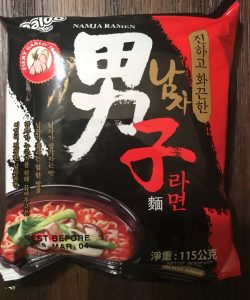
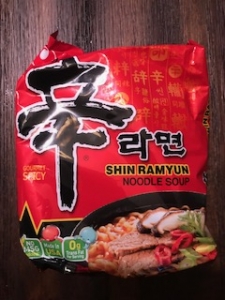
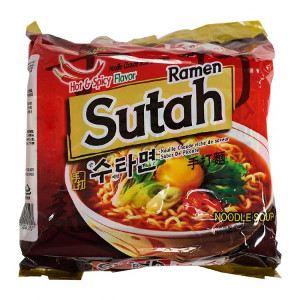


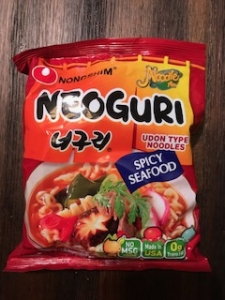
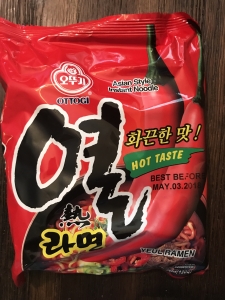
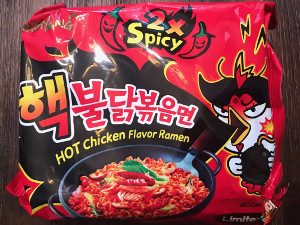

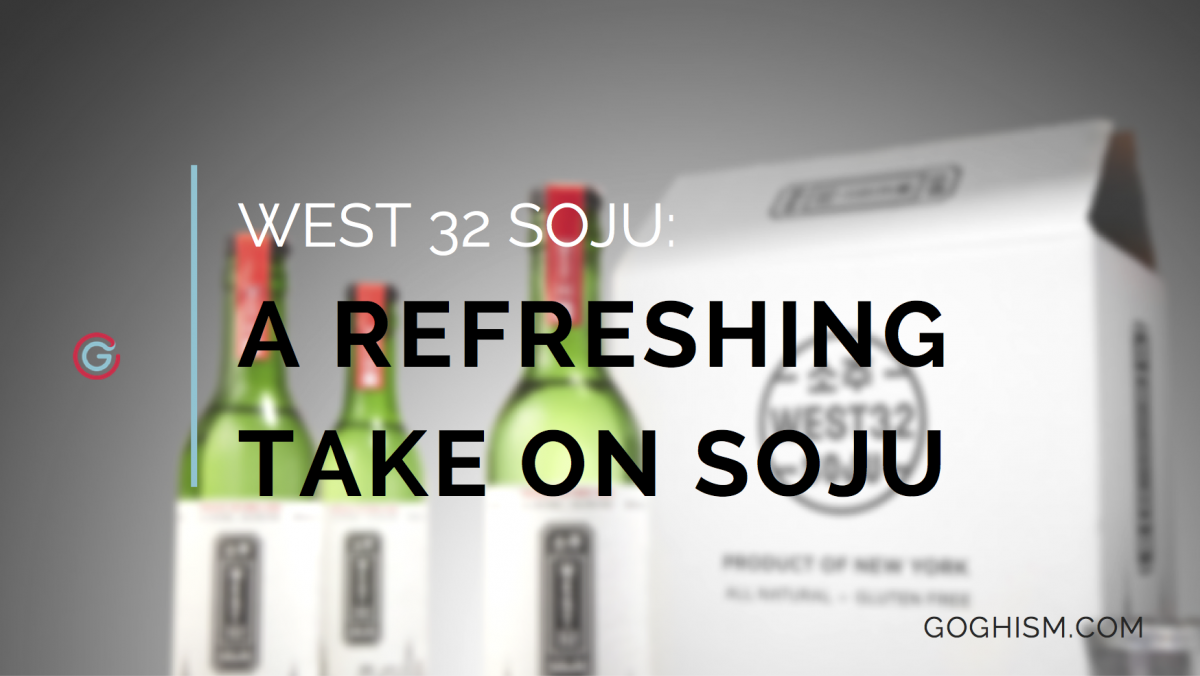
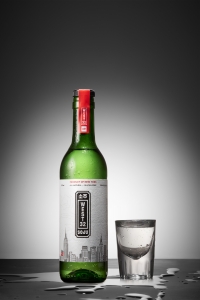
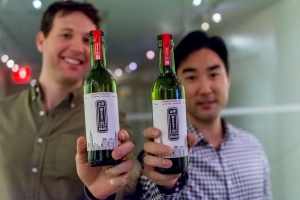
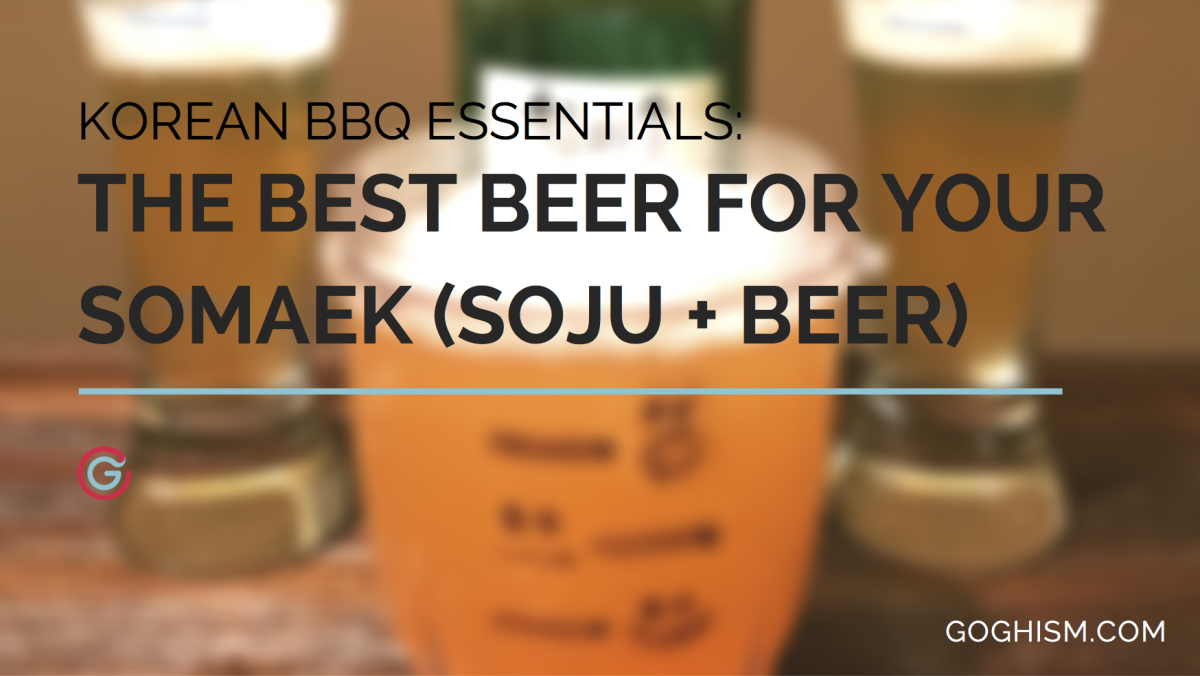
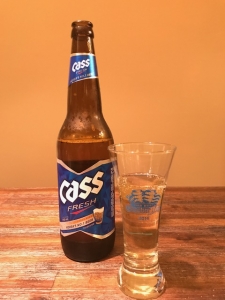
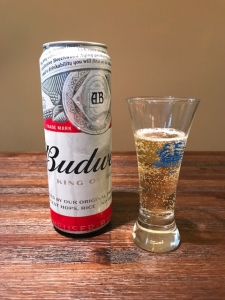
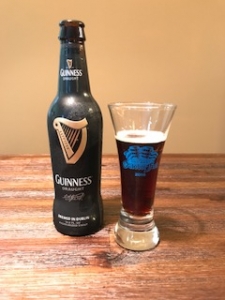
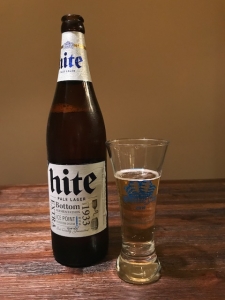




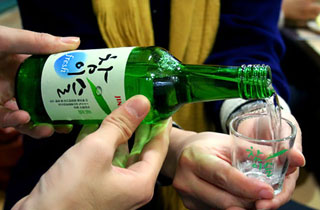






![Best Soju in America [2020] – Korean BBQ Essentials](https://goghism.com/wp-content/uploads/2017/02/bestsoju.png)
